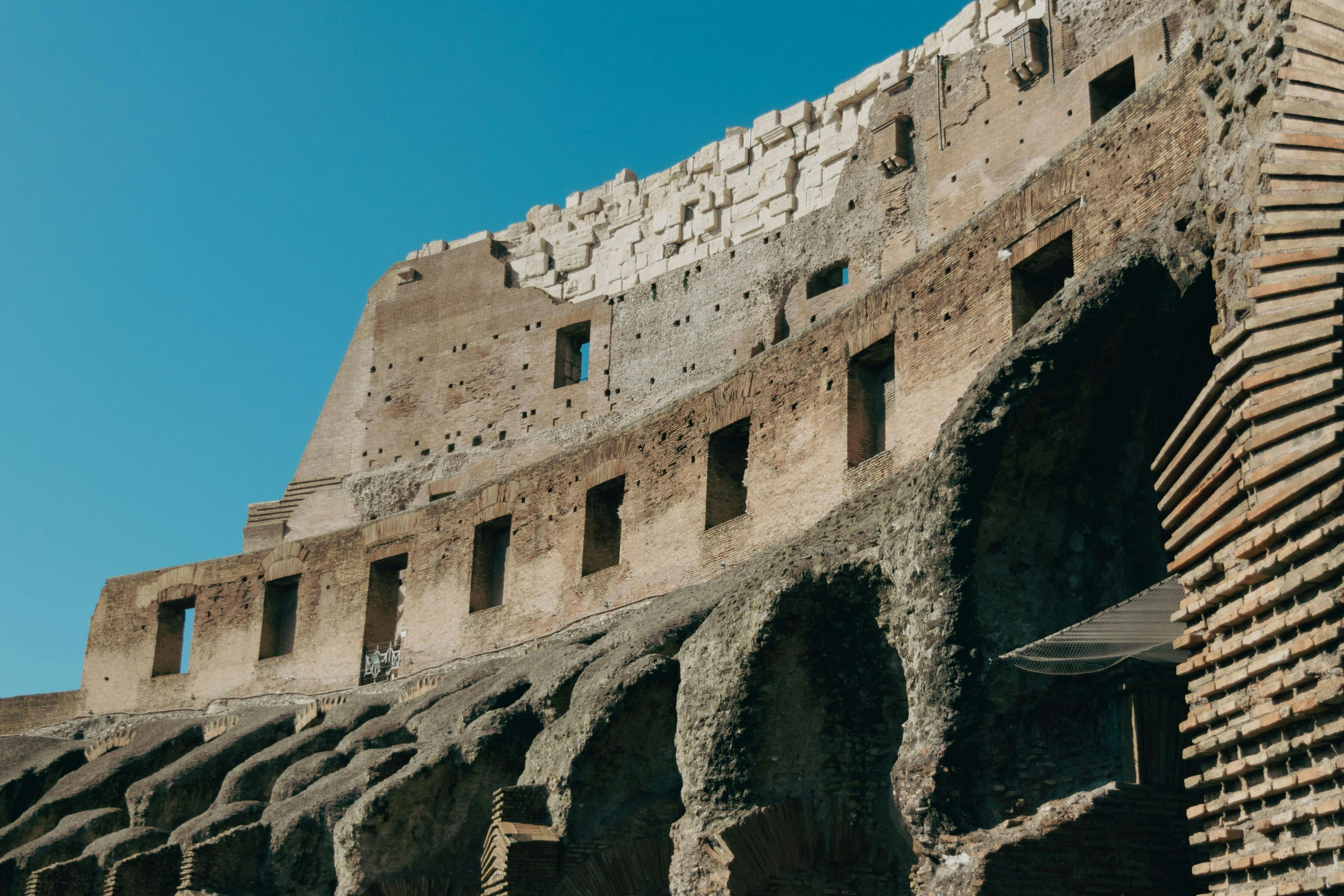Exploring the History and Culture of UNESCO World Heritage Sites
Welcome to the world of UNESCO World Heritage Sites! These glorious destinations hold a special place in our hearts and minds, as they represent the beauty and legacy of our world’s rich history and diverse culture. From towering monuments to ancient ruins, UNESCO World Heritage Sites are a testament to human achievement and an open invitation to explore the depths of our past. In this article, we will delve into the fascinating history and captivating culture that these sites have to offer. So, get ready to embark on a journey of discovery and appreciation for the wonders of our world.
The Beginnings of UNESCO World Heritage Sites
The concept of identifying and preserving cultural and natural sites of importance first emerged in the 1960s. It was the brainchild of the United Nations Educational, Scientific and Cultural Organization (UNESCO) which aimed to safeguard the world’s most treasured landmarks. The World Heritage Convention – adopted by UNESCO in 1972 – set out to create a list of sites that were deemed to have “outstanding universal value” and must be protected for future generations. Today, there are over 1,100 UNESCO World Heritage Sites all around the world, spanning across 167 countries.
The Diversity of UNESCO World Heritage Sites
UNESCO World Heritage Sites are classified into cultural, natural, and mixed sites. Each one is unique in its own way and offers a glimpse into the past, present, and future. Cultural sites represent the creative genius and achievements of humankind, such as ancient cities, temples, and traditional villages. Natural sites showcase the natural beauty and diversity of our planet, including national parks, forests, and reserves. Mixed sites combine both cultural and natural elements, such as landscapes with historical significance or sacred natural sites.
The Preservation and Protection of UNESCO World Heritage Sites
The designation of a site as a UNESCO World Heritage Site comes with the responsibility of preserving and protecting it. This involves a joint effort between the country where the site is located, UNESCO, and the international community. The World Heritage Committee is responsible for inscribing sites on the World Heritage List, monitoring the conservation of these sites, and providing technical assistance and support to countries in need.
Moreover, many measures are in place to ensure the continuous maintenance and protection of these sites. This includes strict management plans, training for site managers and local communities, and the implementation of sustainable tourism practices. These efforts not only safeguard the sites but also contribute to the socio-economic development of the surrounding communities.
Impact of UNESCO World Heritage Sites on Local Communities
UNESCO World Heritage Sites not only hold cultural and historical significance but also have a positive impact on the local communities. These sites attract millions of tourists each year, creating jobs, boosting the economy, and promoting cultural exchange. This, in turn, leads to the preservation of traditional practices and craftsmanship, as well as the development of sustainable tourism initiatives that benefit both the community and the site.
Must-Visit UNESCO World Heritage Sites
With over 1,100 sites to choose from, it can be challenging to decide which ones to explore. Here are some must-visit UNESCO World Heritage Sites that offer a diverse range of experiences:
Machu Picchu, Peru
Located in the Andes Mountains, this ancient Incan citadel is believed to have been built in the 15th century and was only discovered by the Western world in 1911. It is a mesmerizing blend of magnificent architecture, impressive engineering, and stunning natural surroundings.
Taj Mahal, India
One of the most iconic landmarks in the world, the Taj Mahal is known as the epitome of love and a masterpiece of Mughal architecture. Built in the 17th century, this ivory-white marble mausoleum is a must-visit for its grandeur and historical significance.
Galápagos Islands, Ecuador
The Galápagos Islands are a living laboratory of evolution and have inspired scientists and explorers for centuries. This archipelago is home to unique animal and plant species that cannot be found anywhere else in the world. It is also a great spot for eco-tourism and experiencing the beauty of nature up close.
In Conclusion
UNESCO World Heritage Sites are a treasure trove of history, culture, and beauty. They offer us a glimpse into the past and a chance to appreciate the wonders of our world. It is important to support and preserve these sites for generations to come, so that they can continue to inspire and enrich our lives.
So, the next time you are planning a trip, consider adding a UNESCO World Heritage Site to your itinerary. You will not only be exploring a new destination but also helping to protect and preserve these precious legacies. Happy exploring!











